The Importance of Perspective in Photography – 6 Powerful Tips
As a photographer, depth and perspective should have a prominent role in your work. While photography is a two-dimensional platform, adding a sense of depth and perspective to a shot can help the viewers to interpret the image better.
Not to mention that interesting perspectives create impressive images!
Mastering Illusion
It’s interesting to note that photography is very much an illusion.
Since photography is a two-dimensional platform, all images are simply illusions of a three dimensional scene. What this means is that photography is all about recreating a three-dimensional world, in a flat, two-dimensional image. This is accomplished by using depth and scale to give photographs as sense of perspective.
How Does a Sense of Perspective Improve Photography?
It’s easy to create flat, uninspiring images. Since photographs are two-dimensional, it’s your job to use the elements at hand to add a sense of depth into your images.
A good composition involves the challenge of translating a complex scene into a two-dimensional image; one that has a sense of depth, just as it would if you were looking at it in real life.
Ready to incorporate some perspective into your images?
Here are 6 great tips for mastering perspective in photography, to help you use depth and scale to create truly stunning images.
Add a Sense of Scale
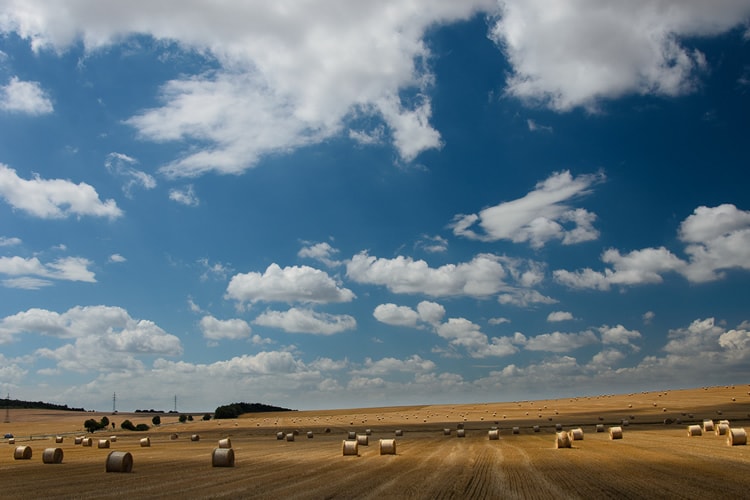
photo by kirandulo
When your eyes see things, your brain automatically determines their size based on scale and the known size of objects in the scene. So for example, when a building looks smaller than a person, our brains automatically deduce that the building must be further away that the person – because we know the relative size of a person.
As things move farther away, they look smaller. To add a sense of size into a photograph, it’s often helpful to incorporate something that’s a known size to the viewer, to show how big, or small, the object is. This technique is often used in photography, by photographing a person next to a huge waterfall or mountain, to show how big the object actually is.
Adjust Your Point of View
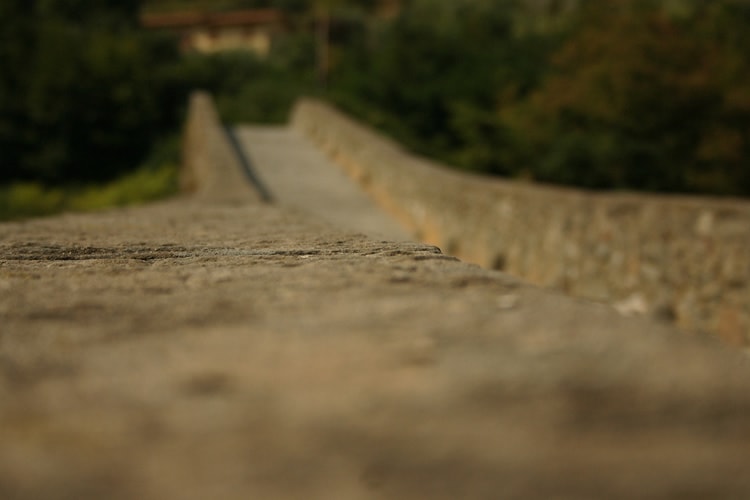
photo by claudio diaz
If you feel that your photography is looking dull and uninspired lately, it may be time for a change in perspective! Most images are taken at eye level, or tripod level. A simple change of view can dramatically impact the depth of a photograph, helping to bring it to life. Try taking photos at different heights. Get low to the ground to capture some interesting foreground in your composition, or try composing your shot by stepping to the side of the scene.
Try getting low and angling your camera up, or experiment with photographing through a “bug’s eye view” by zooming in on things on the ground. Be curious enough to wonder if your composition could be improved if you were to move to the side, or adjust your angle, focal length, or position. This will lead to unique and powerful images.
Look for Converging Lines
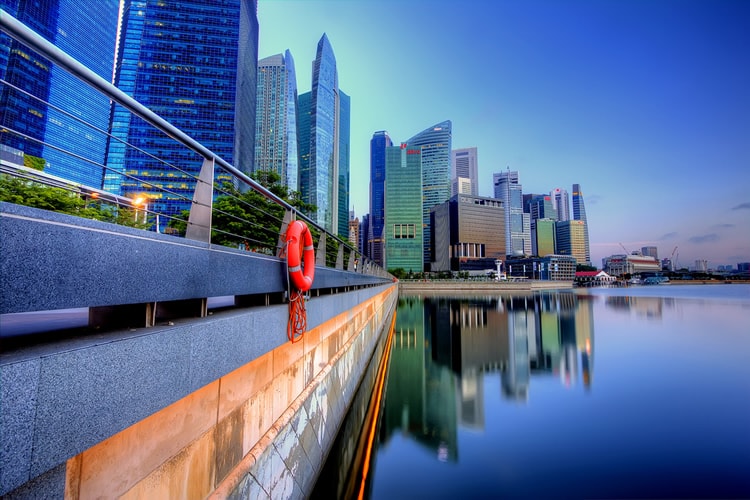
photo by Felix Chia
We judge distance in photographs by the way that lines converge in a scene. This is seen in the way that things appear smaller, the further away they get, until they eventually disappear at the horizon. Using converging lines to show a sense of distance is a common technique in photography and painting, and is also known as linear perspective. Converging lines help to draw your viewer into a scene, and are a great way to convey depth and distance. Look for converging lines to add to your compositions. This is a great way to add a sense of depth and drama to your images.
Use Color, Contrast, and Blur
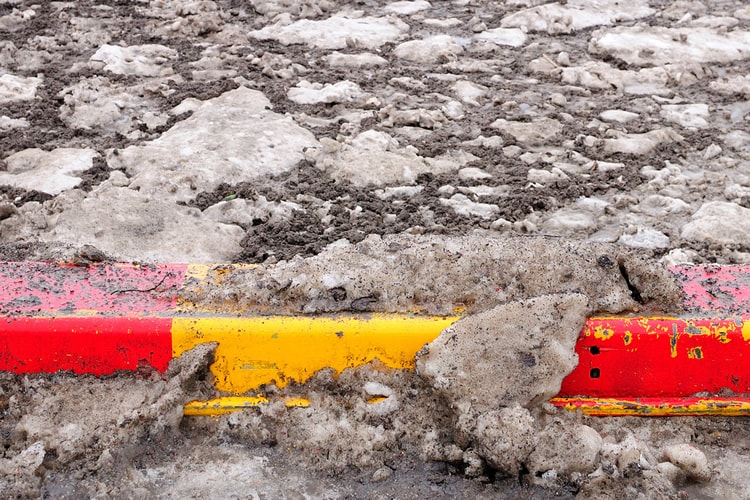
photo by David Arvidsson
Using color and contrast can help to add a sense of depth to a photograph, helping it to come alive. Things that are blurry and less in-focus tend to be further away, and you can use this to indicate depth or distance in your photography. Adjust the depth of field to show distance or closeness in your close up images. Or when composing scenic shots, adjust your lens so that the furthest object in the composition is blurred; this will show how far away it is. Brightness and contrast indicates closer objects, and sharp and in-focused objects also appear to be closer.
Choose the Right Lens for the Job
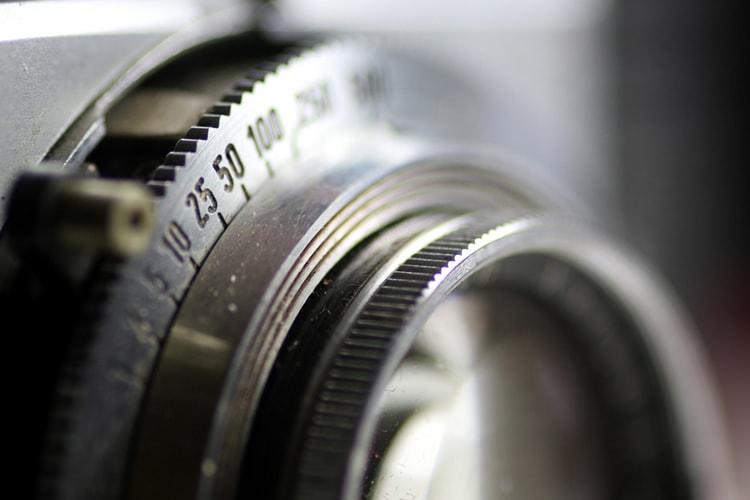
photo by Kevin Dooley
Use varying lenses to affect the depth in an image. If you have a choice of lens, try using different ones to experiment. As a general rule, lenses that offer more compression “pull objects closer” which will allow less distance between objects in scene, giving the scene less depth. Wide-angle lenses can help to show depth in photos, since they offer the least compression between objects in a scene. Telephotos, on the other hand, offer more compression, which makes elements appear closer together, reducing the sense of depth. In some cases though, telephotos can be used to create dramatic images, since they cause all of the elements to appear at the same distance. This can be effective when composing a simplified scene in which you would like all of the background elements to be drawn in.
Think Abstract
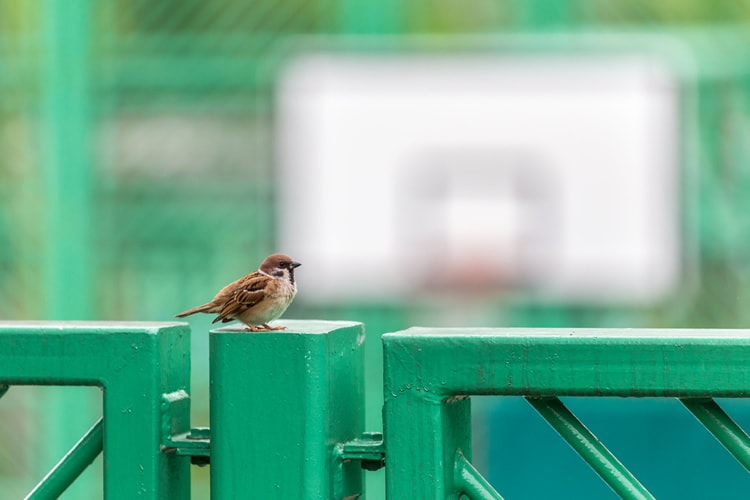
photo by See-ming Lee
Instead of focusing on trying to literally recreate the scene at hand, it’s best to look beyond the obvious scene and think in the abstract. When contemplating a composition, try to think about what potential the scene holds. Instead of literally capturing a tree or a mountain or the sea, your goal is to capture the essence of the scene, and to recreate what drew you to the scene in the first place.
Think about how the shapes and elements can combine with depth, and perspective to create a pleasing composition.
Look for ways to use the available elements to create depth in your compositions. Using different points of view and angles, and experimenting with ways to add depth and scale to your images, you can help to bring your photography to life. A sense of depth helps to create images that look more real, and have a sense of energy and drama.
Don’t be afraid to try new angles, lenses, and techniques, and have fun experimenting with ways to add a sense of perspective to your images!
